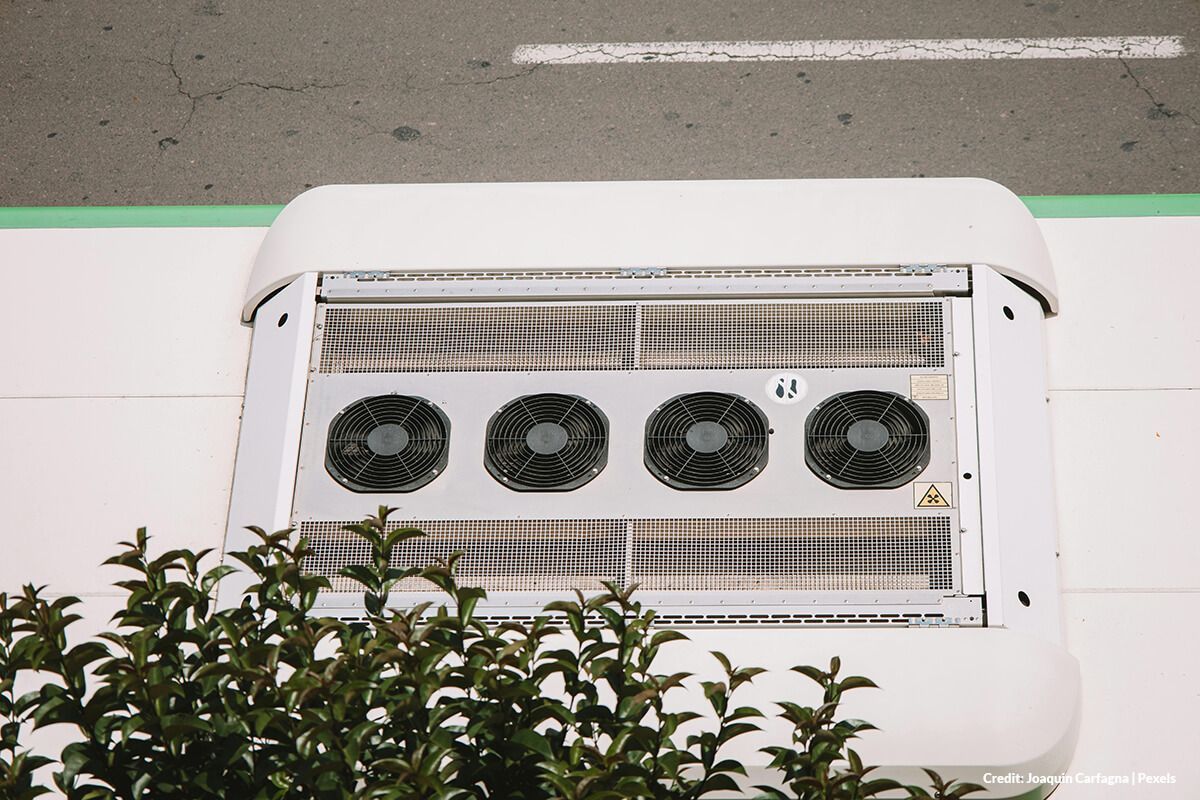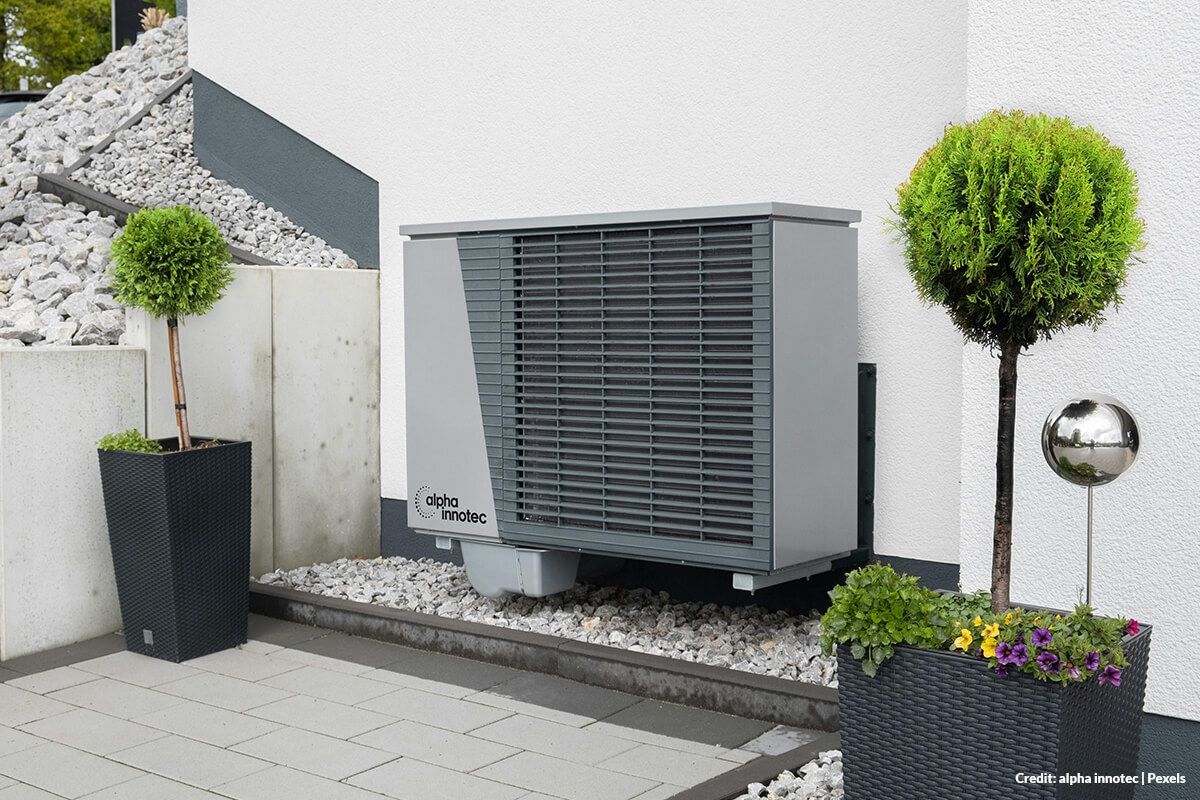- Schedule a Professional Tune-Up
The most crucial step in spring
HVAC maintenance is scheduling a professional tune-up by a qualified technician. This comprehensive service includes:
The technician will thoroughly inspect your entire HVAC system, including the furnace, air conditioner, ductwork, and thermostat. They'll check for any signs of wear and tear, potential leaks, or malfunctioning components.
The technician will clean the system's components, removing dust, dirt, and debris that can accumulate over time and hinder its performance. This includes cleaning the air filters, blower fan, evaporator coils, and condensate drain lines.
- Calibration and Adjustments
The technician will calibrate your thermostat and ensure it's reading temperatures accurately. They'll also adjust system settings for optimal performance and efficiency.
The technician will perform safety checks to ensure your HVAC system is operating safely and there are no carbon monoxide leaks.
A professional tune-up can significantly improve your HVAC system's efficiency, leading to lower energy bills and a more comfortable home environment. It can also help prevent costly repairs down the road by identifying potential problems early on.
- Replace Air Filters Regularly
Air filters play a vital role in your HVAC system's performance. They trap dust, pollen, and other airborne allergens, preventing them from circulating throughout your home and improving indoor air quality. However, clogged air filters restrict airflow and force your system to work harder, leading to decreased efficiency and higher energy bills.
Here's how to maintain your air filters:
During
peak seasons (spring and fall), check your air filters monthly. In less dusty environments, every two to three months might suffice.
Depending on the type of filter you have, you'll need to replace it every one to three months. Disposable filters typically need more frequent replacement compared to high-efficiency particulate air (HEPA) filters.
Your HVAC system's outdoor unit, also known as the condenser, is responsible for releasing heat extracted from your home during air conditioning operation. Over time, the condenser can become clogged with leaves, twigs, and other debris, hindering its ability to dissipate heat effectively.
Here's how to clean your outdoor unit:
Before cleaning, ensure your HVAC system is completely turned off and disconnected from the power source.
Carefully remove any leaves, twigs, or other debris from around the condenser unit. Use a soft brush to gently remove any loose debris from the unit's fins. Avoid bending the fins, as this can affect airflow.
- Hose down the unit (optional)
You can use a garden hose with a gentle spray setting to rinse away any remaining dirt or dust from the condenser fins. Be sure to avoid directly spraying the electrical components of the unit.
Leaky ducts can significantly impact your HVAC system's efficiency. Leaky ducts allow conditioned air to escape before reaching your living space, forcing your system to work harder to maintain the desired temperature. This can lead to higher energy consumption and uneven cooling or heating.
Here are some signs that might indicate duct leaks:
- Uneven temperatures in different rooms
- Higher than usual energy bills
- Dust accumulating around duct seams
If you suspect duct leaks in your system, it's crucial to call a qualified HVAC technician for professional inspection and repair. Sealing leaky ducts can significantly improve your system's efficiency and save you money on energy costs.
- Consider Upgrading Your Thermostat
Modern programmable thermostats offer a convenient and efficient way to manage your home's temperature. These thermostats allow you to set different temperature settings for different times of the day and days of the week. By programming your thermostat to adjust automatically when you're away or sleeping, you can significantly reduce your energy consumption and save money on your utility bills.







